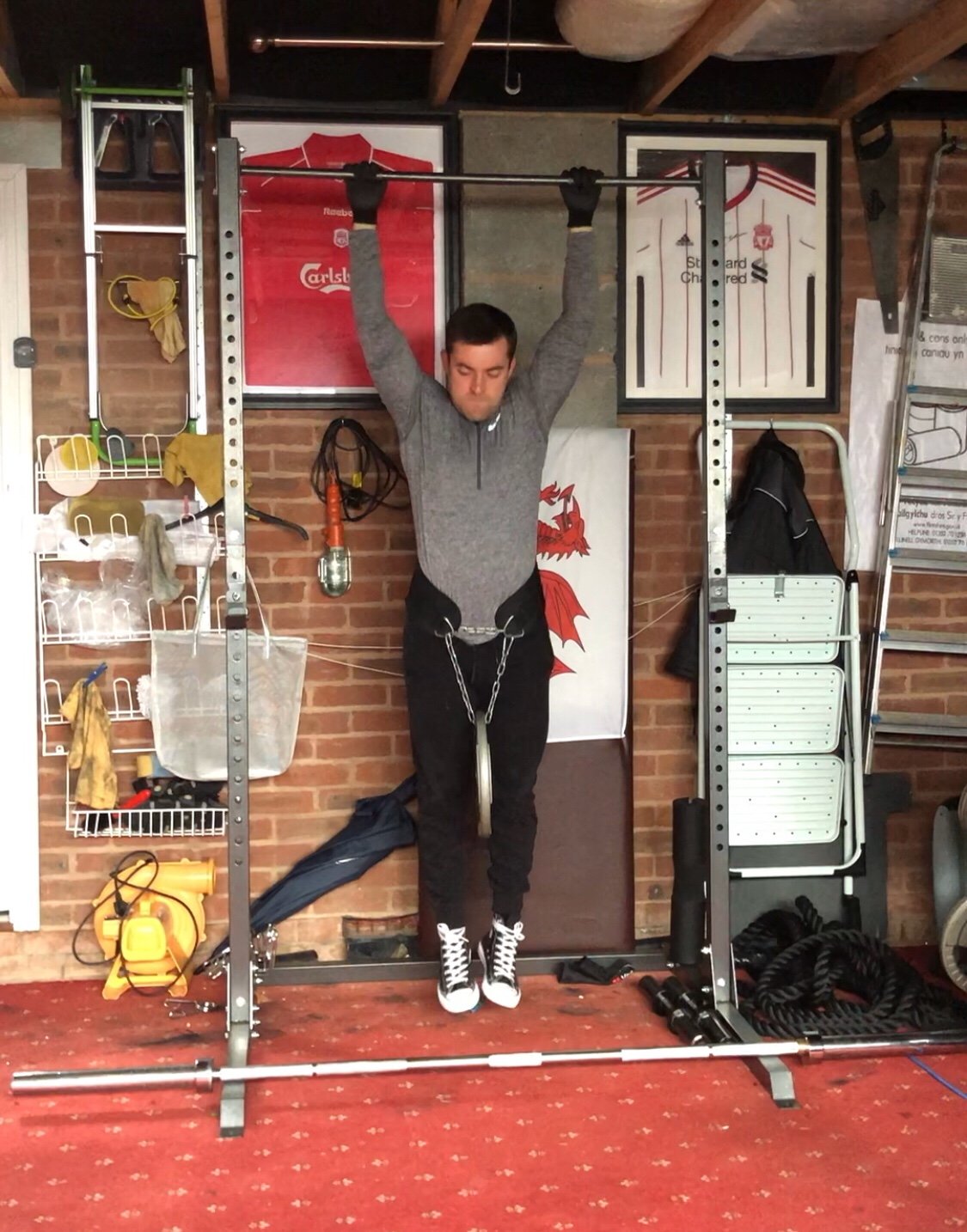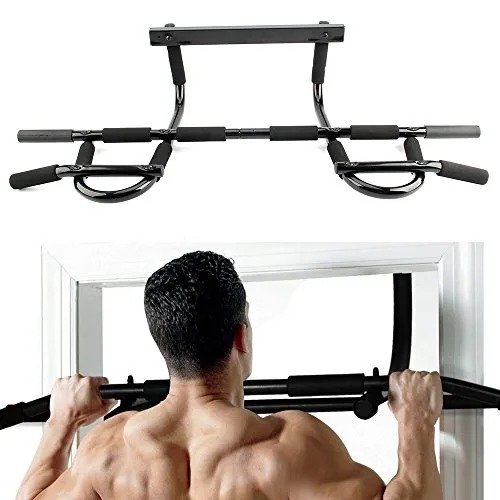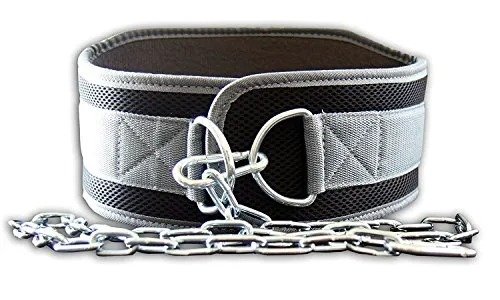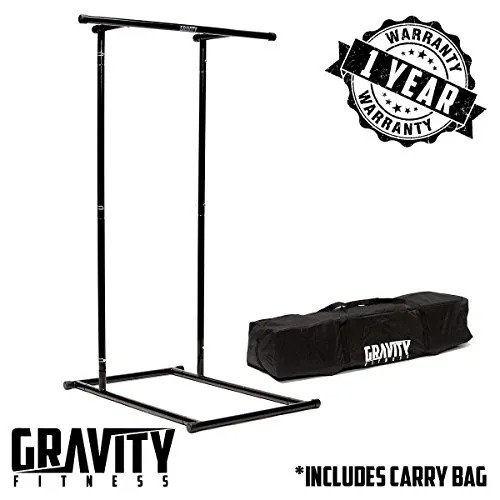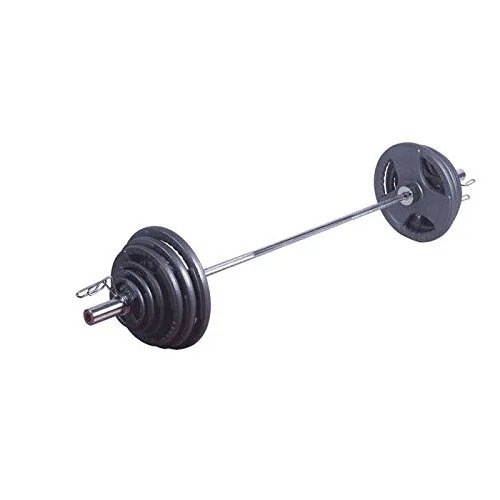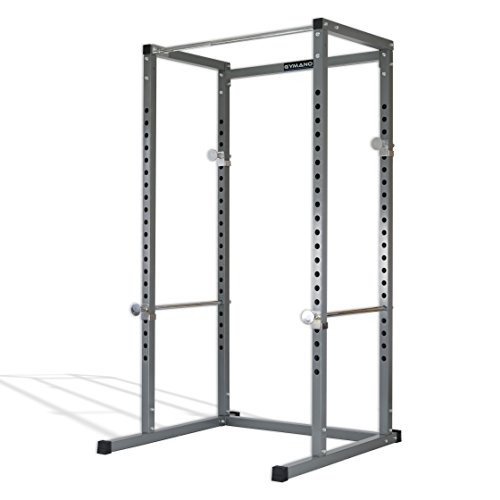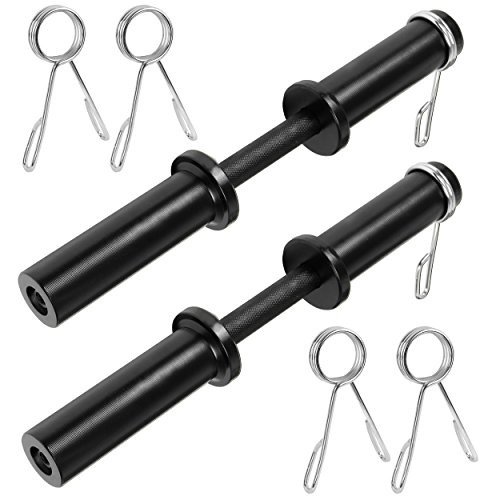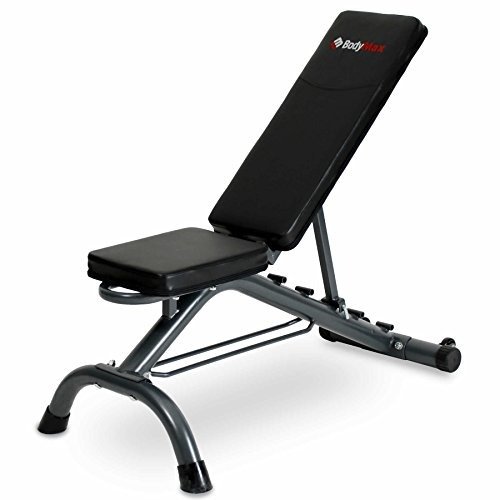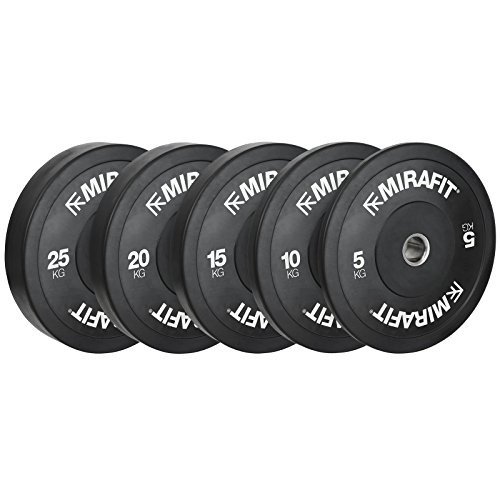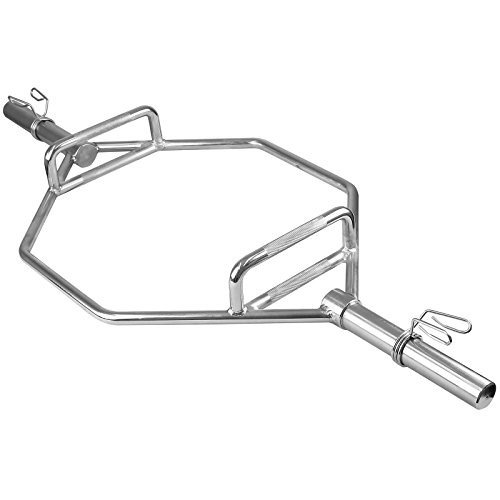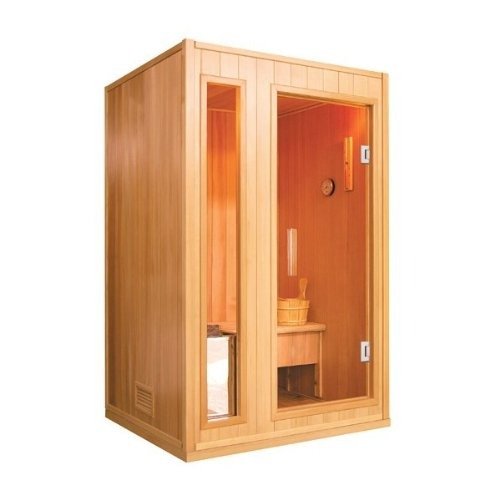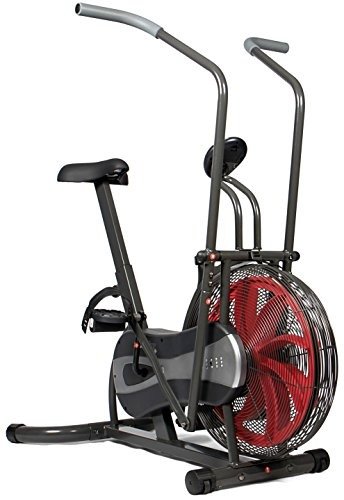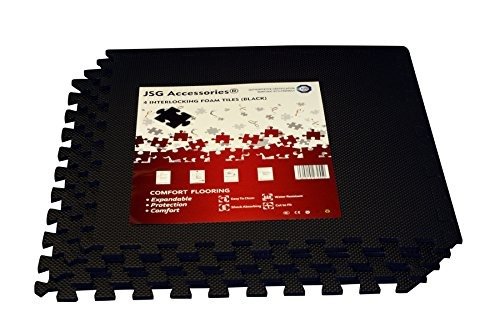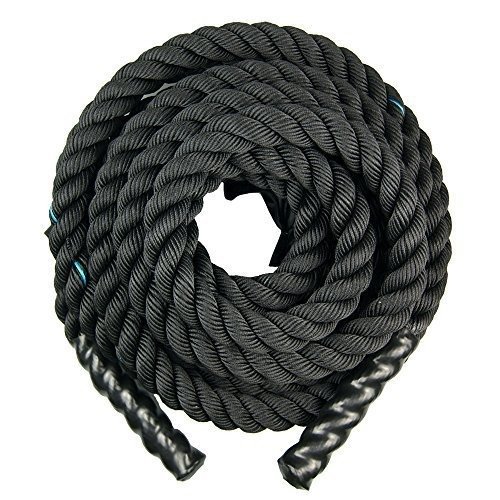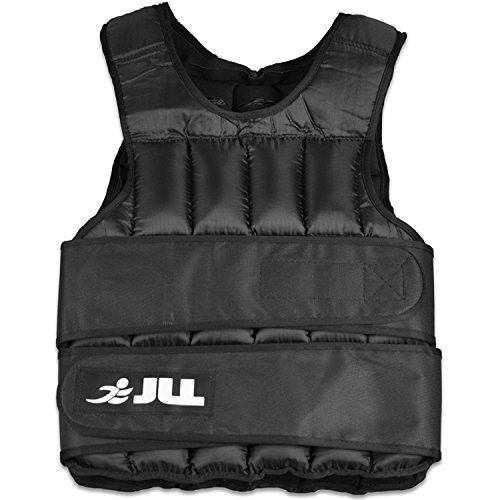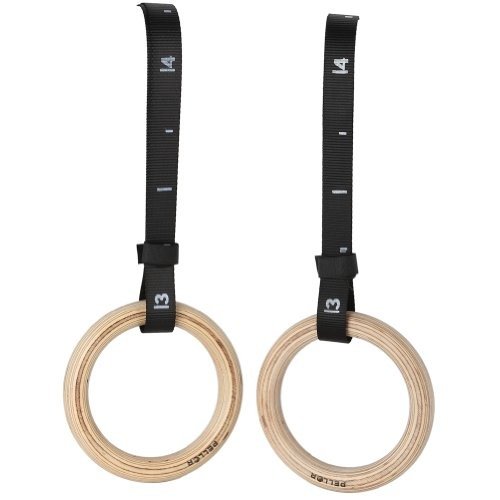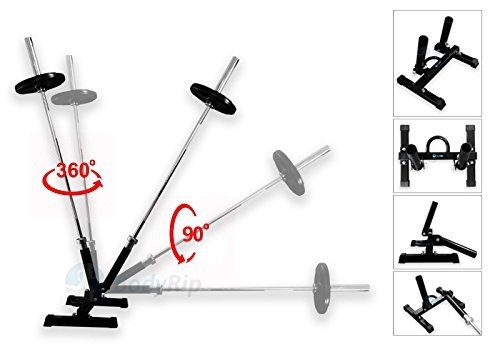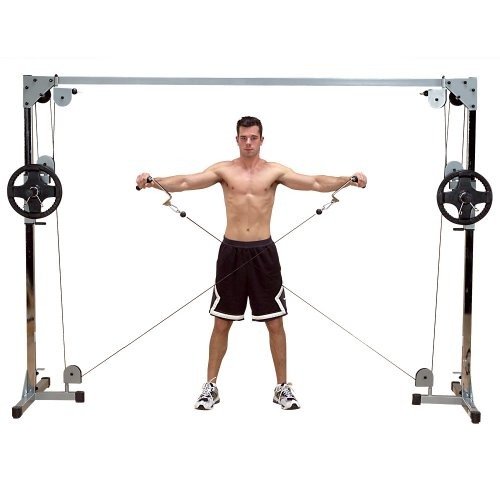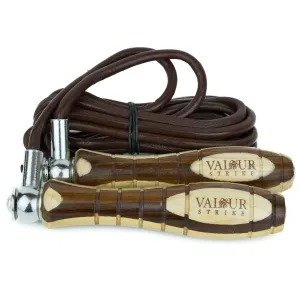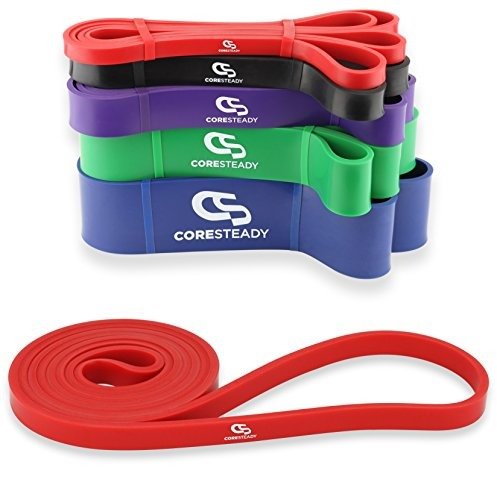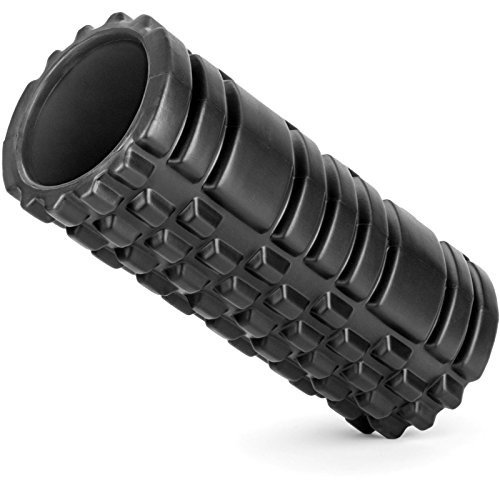Home gym 101: How to build the perfect home gym
Oh thy humble home gym – the secret sauce for those looking to get huge in a time efficient manner. If you’ve got a bit of space in your home, you need to consider installing some iron.
I’ve been flitting between home gyms and commercial gyms for the past 6 years now, which is due to the fact I’ve moved home 7 times meaning in some circumstances, building a home gym was quite hard.
As someone with experience in both realms, I can see the positives and negatives of each. I have to say though – when you pit the two against each other, there is only one clear winner…
BUT FIRST OF ALL: THE CASE FOR COMMERCIAL GYMS
Right, let’s be honest – most of us will have a gym membership if we’re into fitness. The amenities offered by gyms is unrivalled. They have hundreds of pieces of fancy gym machines, saunas, swimming pools, swanky showers, gym classes, etc. The list is endless.
The thing is though…is this even necessary? If you work out at home you have weights to push, pull, curl, squat and whatever else. You should also have a shower (hopefully). Do you really need anything else? I’d argue that you most certainly do not. Classes? Get ’em on Youtube. Machines? Don’t need them. Swimming pool? Just fill your bath up really high (please don’t).
The only thing I’d say you’re missing out on is a sauna (if your gym even has one). They are absolutely amazing BUT, you can pick up weird little sauna pods online for pretty cheap and whack that in your newly built home gym. Just something to think about.
Basically, there aren’t too many arguments for the use of commercial gyms over home ones except for your circumstance. In my opinion, motivation shouldn’t be an issue and if you have the resources to work out at home then you most definitely should.
THE CASE FOR THE HOME GYM
Building your own home gym is going to be the best thing you ever do. If you go for it, you will find that all these benefits will pop up at some point or another.
The cost is much lower
Okay, maybe not initially. But think of it as a lifelong investment. Let’s say you’re 25 for instance. You’re probably going to work out till you pop your clogs which is when you’re 80 let’s say. That’s 55 years of iron. If your gym membership costs you £30/month, that works out to £360 a year, which works out to almost £20,000 over your lifetime. Now that’s a pretty conservative estimate – imagine all the time and money spent on commuting to and from the gym and you’re looking at a lot more than 20k.
You can start your home gym with nothing but your bodyweight and slowly add to the collection over time – my home gym has cost me about £700 so far. If I was to add everything on this list it would still be nowhere near that commercial gym figure. Just think about that for a second.
You save countless commuting time
As mentioned briefly above, you’re going to spend a whole lot of your life commuting to and from the gym. Can you really afford to be doing that along with your commute to and from your job? I know I can’t. I get that there will be gyms close to your office but it’s still another little commute even if that is the case.
A lot of people I know will go home, get changed, have dinner and then go and work out. This makes their day full of 4 commutes – that’s not good for anyone who values their time.
The solution is to set your home gym up and work out right before or after you go to work. This makes you more likely to work out than if you were to try and go back out to pump the iron after your Wednesday night chilli.
You’re the only member
This is what I enjoy most about having a home gym. The equipment is always free, you don’t have to be distracted by other people talking or asking how many sets you have left.
You can simply go in, get your workout done with no distractions and get out.
If you like company to motivate you then why not invite your pals over for a workout? You may enjoy the intense atmosphere and you could make it a thing to train in your home gym with your mates more often. It can become a social thing, it’s not always about isolating yourself from the world – although sometimes that is quite nice.
You can do what you want
Fancy working out in nothing but sandals? Why not! It’s your gym and you can do anything you please. You can do all the stupid exercises you were afraid to do in the normie gym, you can play your music loud and you can grunt and make stupid faces to grind out those last few reps.
Building a home gym really creates a sense of freedom, lets you express yourself and do what you want whilst not having to look over your shoulder to see if you’re being judged.
Open all hours
You wanna work out at 1pm? Okay. What about 12am? Most certainly sir. Christmas day?? The gains don’t wait even for Santa my man. Any time you want to work out, you can. No bank holiday closures, unexpected late openings, nothing. If you want to work out, do it.
This makes it easier for you to fit training around your life. You may have to stay late at the office or you may have to be somewhere super early – whatever it is, you can fit a workout in instead of being a slave the gym’s opening hours.
It almost feels like getting control of your life back – no joke.
WHY YOU NEED OLYMPIC WEIGHTS
We will touch on Olympic weights in the Barebones segment but I’m going to cover it now because I believe it deserves its own section.
You see a lot of part-timers in their garage with a standard weights bar with those little screw-on ends. This is good if you’re just starting out and I applaud anyone who works out instead of siting on their backside all day. However, if you’re looking to make real progress then you better believe you’re going to need an Olympic barbell and weights.
“But, whyyyyy?” I hear you and your York bench & barbell set cry. Well, because your barbell set is gonna bend and snap once you start lifting heavier weights. They can usually support about 100kg (225lbs) max before bending out of shape and breaking. The size of the plates also makes conventional lifts from the floor needlessly more difficult to perform, exposing you to uneccessary injury risk.
By investing in an Olympic set now, you future-proof your gains- this equipment will last you (probably) forever if you care for it correctly. The barbell itself is much heavier and sturdier and rotates which will help your wrists out a lot during big lifts that involve any sort of wrist movement – which is basically all lifts ever.
There’s a reason you’ll never see a commercial gym with a standard bar – treat your home gym the same way.
ULTRA-BAREBONES
If you’re looking to go super minimalist in your set up and don’t want to spend a penny, then you can literally just use your bodyweight to get fit.
If you’re willing to purchase a little bit of kit, I’d recommend a door frame pull-up bar that doubles up as a dip bar. These are pretty cheap and will get you in great shape if you make the relevant progress.
Equipment:
Bodyweight – Cost (£0)
Door frame pull-up & dip bar – Cost (£15)
SHOP: ULTRA BARBONES
An example beginner workout would be a round of pull-ups, dips and jump squats. You would do 5 sets of each for 10 reps and try to add weight to each exercise by holding on to household items if you don’t want to invest in weights yet. Try holding old milk jugs filled with stones for your jump squats and holding a heavy book or two between your legs for the pull ups and dips.
The workout would look like this:
Pull-ups (10 reps)
Rest (30 seconds)
Dips (10 reps)
Rest (30 seconds)
Jump squat (10 reps)
Rest (60 seconds)
Repeat 4 more times
BAREBONES
This is the minimum amount of equipment you can use to get great results. You can of course, get great results with just bodyweight, but the difficulty arises when it comes to loading exercises.
Once you can do 10 push ups, doing 10 more isn’t going to build muscle, you need to be adding weight to your exercises in order to stimulate the muscle to grow. This is where the Olympic barbell comes into play.
Just having the bar and plates is enough to start off with (you can do hundreds of exercises such as clean & presses, rows, deadlifts, curls, etc, etc) but by adding in a pull-up & dip tower along with a dipping belt, you’ll really be able to take your gains to the next level.
Equipment:
Olympic bar & plates set – Cost (£300)
Pull-up & dip tower – Cost (£90)
Dip belt – Cost (£25)
SHOP: BAREBONES
Here, you can push your training into a more comprehensive routine. You could employ properly weighted pull-ups and dips now, alongside a variety of barbell moves. Below is an example workout:
Clean & Press – 3 sets of 5 (2 minutes rest in between sets)
Pull-ups – 3 sets of 8 (2 minutes rest)
Dips – 3 sets of 8 (2 minutes rest)
Barbell rows – 3 sets of 10 (2 minutes rest)
Skullcrushers – 2 sets of 12 (1 minute rest)
Barbell curls – 2 sets of 12 (1 minute rest)
INTERMEDIATE
This is where I believe most lifters should be within the first 6 months to a year of lifting. If you aren’t doing exercises that require a squat rack then you’re probably not optimising your training correctly.
A squat rack is an essential purchase to getting peak #gains from your home gym. This will allow you to do heavy bench presses, overhead presses, squats, rack pulls, shrugs, heavy curls and just about anything else that involves having the weight off the ground.
I’ve also included a weights tree as in all likelihood, you’re going to be adding to your weight plate collection as you go along, so having a tree to keep everything organised will just make the whole experience much easier. If you walk into your home gym and see a million plates scattered round the floor then you run the risk of demotivating yourself – something which you don’t need. It’s a small thing but it’s made a big difference for me.
At this stage you’re probably going to want to invest in a pair of 20kg (45lb) bumper plates. These should be rubber or at least rubber encased. What bumper plates will allow you to do is slam your bar down from whatever height without damaging the other plates. If you have bought cast iron plates like I have, then you run the risk of snapping them if you go heavy enough on deadlifts or drop the barbell off your back during a squat.
A bench also becomes essential when you reach this stage. A sturdy bench shouldn’t cost the earth and will probably double the amount of exercises you will be able to do. You can now finally join the ‘how much do you bench, bro?’ club.
There’s also some dumbbells in there too that can help you to perform things like lateral raises, dumbbell curls, weighted lunges, flyes, etc. I’m not a huge fan of dumbbells and prefer barbell exercises much more but, they can add a new dimension and stimulus to your workouts.
Equipment:
Squat rack – Cost (£150)
Weights tree – Cost (£30)
Bumper plates – Cost (£110)
Bench – Cost (£80)
Olympic dumbbells – Cost (£30)
SHOP: INTERMEDIATE
You should take this opportunity to really build up your compound moves here. An example workout would look like this:
Squat – 3 sets of 5 (3 minutes rest in between sets)
Bench press – 3 sets of 8 (2 minutes rest)
Pull-ups – 3 sets of 8 (2 minutes rest)
Dips – 3 sets of 10 (2 minutes rest)
Rows – 3 sets of 10 (2 minutes rest)
ADVANCED
By this stage in your lifting/home gym career, you should have excellent strength standards and a decent physique. This is when you can start to get more advanced in your workout programming and employ some fun moves to add to your arsenal.
Cable exercises can help to hit muscles from much different angles and tensions than conventional barbell and dumbbell exercises. The fact that you will likely be splitting your training up into body parts (Push, pull, legs) as opposed to full body workouts means that you can add more exercises to each workout. Obviously you should still be aiming to be progressing on the compound lifts but more isolation and assistance work can really help to bring up your overall development.
I am a huge fan of the hex bar and this is actually the cornerstone of my ‘athletic blueprint’ workout program as it is the perfect mix between a squat and a deadlift with none of the drawbacks. I would probably recommend getting one of these straight off the bat but each to their own…
Olympic rings can help you to develop gymnast-level control of your body as they allow you to practice moves such as the iron cross & maltese along with offering different kinds of stimulation in standard moves such as dips, pull-ups and dead hangs.
A landmine holder is such a versatile bit of kit. It will allow you to perform landmine laterals (a favourite of mine), T-bar rows, landmine presses, squats and cleans. It’s a very efficient bit of kit and pretty cheap for what it offers as well. Of course you could go old school and whack the end of the barbell in a corner of the room but if you have the money I’d recommend going for the safer option.
Ah the weighted vest. A mainstay in military training and the secret for so many fit bodies out there. You can whack a weighted vest on and everything becomes harder. Walking? Harder. Jumping? Harder. Taking a deuce? Much harder. Seriously though, the weighted vest is an excellent bit of kit and allows for variable resistance in exercises where it would usually be very difficult to do so, such as sprints, box jumps and hill walking. These will build muscle and torch fat no doubt.
Battle ropes are my favourite bit of cardio equipment. My home gym has these babies and I can’t believe I ever trained without them. They offer a full body workout and give you a fat arm pump along with burning fat at an almost alarming rate. They’re cheap and they are extremely effective. Pair these with a lower body cardio exercise like sprints or bike sprints to get a huge fat burning boost.
Now I know this is a boring one but let’s quickly talk about flooring. Luckily for me, I can beat my garage floor up because it can take it. I know a lot of people can’t. This is where you will probably need to kit your home gym out with some decent flooring. This will help to protect your weight plates and your floor, meaning you’re actually getting quite a bit of bang for your buck. This one comes down to personal preference but it just bears mentioning.
The airdyne bike has been showing up everywhere nowadays and with good reason. This bike differs from most cardio equipment in that it has no motor. Just a big old fan that naturally increases the resistance of the exercise the more beans you give it. Basically, the harder you push, the harder it gets. Even though it’s a leg-centric move, it works your arms and your legs much like the battle ropes. You can also burn some major calories on the airdyne compared to other cardio equipment (this guy burnt 87 calories in 60 SECONDS), which is exactly what we want in our home gym – the most bang for your buck.
Finally, my favourite – the sauna/sauna pod. If you’re looking to go full Scandi then you could invest in a big boy sauna. You can pick up a single person sauna for kind of cheap nowadays (£800-ish) and there are more expensive options if you want to fit a few more people in. But, for those who are after the benefits of the sauna without having to pay huge price tags – there are sauna pods. These offer most of the same benefits while being much cheaper and easier to install/fit in your house. As long as you don’t mind looking like Neil Armstrong then this could be the perfect addition to your home gym.
Equipment:
Hex bar – Cost (£90)
Cable machine – Cost (£420)
Landmine – Cost (£80)
Olympic rings – Cost (£30)
Weighted vest – Cost (£40)
Battle ropes – Cost (£30)
Flooring – Cost (£15+)
Airdyne bike – Cost (£180)
Sauna – Cost (£200+)
SHOP: ADVANCED
Since you will likely be training at a much more advanced level here, you will be adding volume to workouts and splitting up from full body into more of a body part split. Here is an example of a ‘Legs, abs & cardio’ workout.
Deficit hex bar deadlift (leg focus) – 3 sets of 8 (2 minutes rest in between sets)
Romanian deadlift – 3 sets of 10 (2 minutes rest)
Landmine front squat – 3 sets of 10 (2 minutes rest)
Cable kick backs – 3 sets of 12 (1 minute rest)
Cable crunch – 3 sets of 15 (1 minute rest)
Bike sprints – 3 sets of 15 seconds (45 seconds rest)
Weighted dead hangs – 3 sets of as long as possible (1 minute rest)
Sauna to rid the body of waste built up during workout – (15-30 minutes)
EXTRAS
These are just little bits that you can add to your gym over time to really put the icing on the protein packed cake. They’re self explanatory so I won’t go in to depth – you know what they’re for.
Equipment:
Foam roller – Cost (£10)
Speakers – Cost (£90)
Jump rope – Cost (£12)
Resistance bands – Cost (£10)
SHOP: EXTRAS
You will not need everything on this list but it is as comprehensive as you will find on the web and you can take inspiration from the equipment and workouts listed in order to create your ideal home gym. One thing is for sure, anything that is not on this list, you’re probably not gonna need.
There’s your complete guide to starting and growing your home gym into something that you can be proud of. A journey of a thousand miles begins with a single step – get started with a bar, make some serious strength progression and before you know it you’ll be adding in bits, getting bigger & stronger, all whilst saving time and money.
What’s not to love?
Be sure to follow me on socials to keep up with the daily goings on of The Man Blueprint. You can also sign up for my inner circle using the newsletter form above. Just drop your email in there and it’s job done. Completely free and completely brilliant. Whilst you’re here, have a little browse of some other article you might like below too. You won’t regret it.




